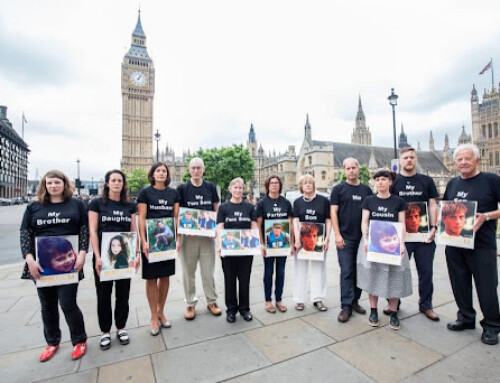Legal regulation of non-medical cannabis is quickly becoming a reality across the world. As countries introduce different regulatory models with varying restrictions over how cannabis is produced, sold and consumed, there are valuable lessons to be gleaned about how cannabis can be regulated most effectively, as well as showing where policy design can potentially fall short. Early experience suggests that specific attention needs to be paid to the risks of corporate influence on policy making from the beginning, to ensure that the health and wellbeing of young people remains a priority.
In 2018 Canada legalised non-medical cannabis for adult use. A key goal of legalisation was to reduce cannabis related harms in youth. However, recent data has highlighted an increase in accidental cannabis poisonings in young children, particularly since legal edible products – which are more attractive to children – were introduced into the market.
The data may be distorted by changes in people’s willingness to seek medical help, or how incidents are recorded post legalisation because they no longer risk criminalisation. But while the number of incidents remains small in real terms (and relative to accidental poisoning from medicines and household products), and rarely have serious long term consequences, this apparent increase in risks to young people raises legitimate concerns about how to regulate cannabis now, and other drugs going forward.
A fundamental challenge in drug regulation is managing the often conflicting goals of commercial interests, public health and child safety. We believe, for example, that establishing regulatory controls to limit the appeal of cannabis products to children is key to get right from the outset. As Transform argues in ‘How to Regulate Cannabis: A Practical Guide,’ a very cautious approach to edibles is required, with selling them in child proof, unbranded packaging a bare minimum:
“Permitting sales of products that obviously resemble sweets, such as lollies, gummy bears or chocolates (particularly in packaging that resembles conventional candy products), is an exceptionally bad idea, and should be avoided.”
Below we summarise the costs of keeping drugs illegal more broadly, and outline why a legally regulated drug market is the pragmatic alternative to protect youth from the risks of drug use and the harms created by the illegal market.
Although legal drugs would not be sold to minors for recreational use, legal regulation could still have benefits for young people in terms of potentially reduced access, safer products when use does still occur, and protection from a range of harms associated with the violent, illegal unregulated market.
How do prohibition and criminalisation harm young people?
- Some young people will always want to use drugs. Prohibition has proved ineffective at stopping people from using drugs and drug-related deaths are higher than ever before.
- The illegal drug market is currently run by organised crime groups, there are no minimum age requirements, quality control standards, or duty of care towards users and suppliers.
- Young people are vulnerable to exploitation and violence, including via ‘county lines’ drug trafficking to supply drugs across the country.
- A criminal record for drug possession can have a long-lasting negative impact on a young person’s life, ruining job prospects, their status in society, and their futures.
- Stigmatisation and a risk of persecution push young people away from seeking help.
What should be done?
- Drugs should be made legally available to adults from doctors, pharmacists, and licensed retailers and produced under strict controls and regulations – as we already do for other consumable products. Regulators should err on the side of being overly restrictive at the beginning and prohibit the sale of products that appeal to children.
- Guided by concerns over safety and well-being, the more restrictive controls would be used for more risky products, and, correspondingly, less restrictive controls for lower-risk products. Regulation does not mean a ‘free-for-all’.
- While steps to restrict availability and reduce drug use among young people are important (ie age restrictions), it is also essential to recognise that some young people will still access and take drugs. It is vital that they should be able to access appropriate treatment and harm reduction programmes without fear.
- Drug education should include prevention and abstinence messaging, as with all risky behaviour, but this ought to take place alongside nuanced harm reduction interventions, education and expert psychological support.
How will a legally regulated drug market better protect young people?
- Legal drugs would not usually be available to non-adults, but young people who do access legally produced drugs via secondary sources will be safer.
- Health professionals will be better informed and able to help should an adverse reaction occur.
- Many individuals who currently purchase drugs on the illegal market would prefer to purchase from a safe, legal source – and by doing so they will avoid the risk of being drawn into low-level illegal supply themselves.
- Removing the risk of criminalisation means that barriers and distrust between youth and authority figures —be they educators or law enforcers—would be progressively reduced, facilitating greatly improved trust, more effective communication and dialogue about drug risks and healthy lifestyles.





Leave A Comment